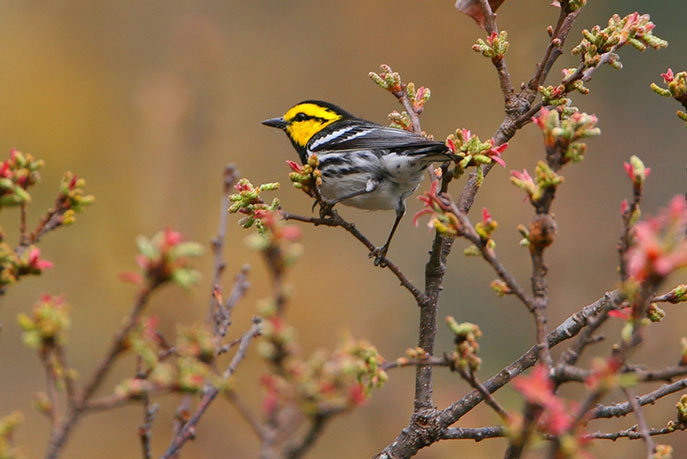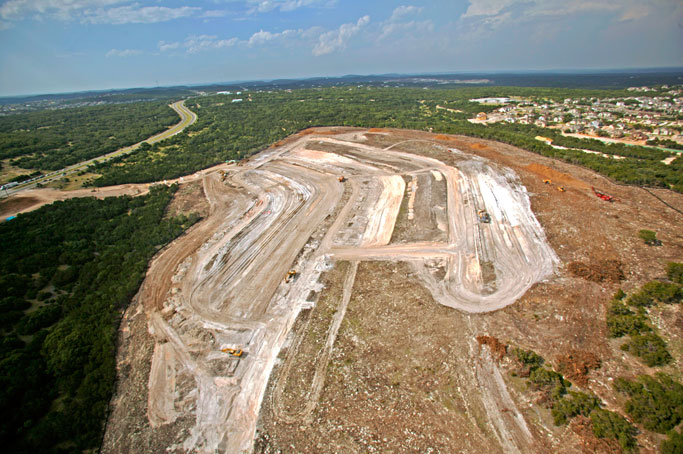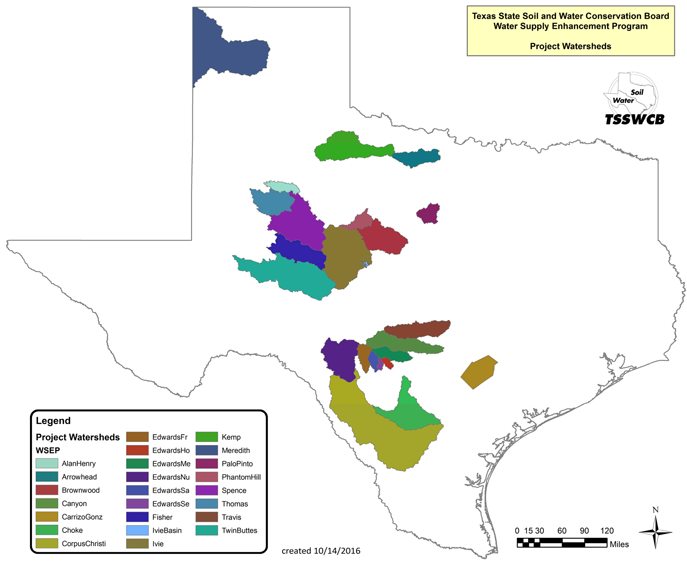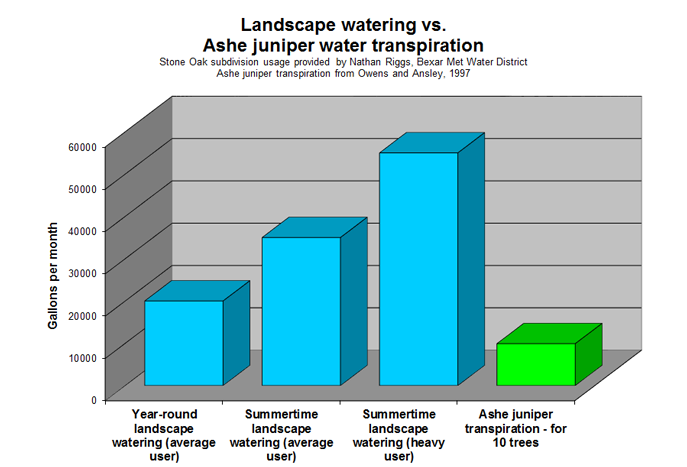A bill working its way through the Texas House would allow homebuilders to clear-cut Ashe juniper and Mesquite trees, regardless of age or size. House Bill 969 would prohibit local governments from regulating removal of any trees or brush on a list of "noxious" species. While this list includes many non-native invasive species, it also includes natives like Ashe juniper, Mesquite and Huisache.
If the bill passes, San Antonio's tree ordinance could not limit destruction of these trees for construction of residential subdivisions, which constitutes about 80% of land under development. But the City could keep its current rules for apartment, commercial and office development. Both San Antonio and Austin have agreed to the amended bill, almost ensuring its passage.
While the bill is intended to remove obstacles to brush clearing pursuant to the state's Water Supply Enhancement Program (WSEP), these obstacles are entirely imaginary.
Hard Times for Warblers

Old-growth Ashe juniper is vital to survival of the endangered Golden-cheeked Warbler. Habitat loss or degradation is the main reason the birds are endangered.
The clearing of old juniper woodlands for urban expansion has decreased the area available for nesting. By allowing even old-growth junipers to be destroyed, HB 969 would put this species in further peril.
How HB 969 Will Harm San Antonio
San Antonio’s tree ordinance protects old-growth Ashe juniper and large Mesquite trees (not brush) on land development projects (not on a homeowner's property). HB 969 would allow home building corporations, many from outside of Texas, to clear-cut those trees and harm San Antonio in 3 ways:
- By increasing stormwater runoff from hills in north San Antonio, which will increase flooding of topographically lower areas. This is a problem taxpayers are spending billions of dollars to fix.
- And by exacerbating our ozone pollution problem which could cost an estimated $1 billion/year in lost economic output, and
- By impairing the utility of Camp Bullis, a large military reservation that is used for field training combat medics. Our tree ordinance was written in collaboration with the military to keep the base from leaving San Antonio.
Because of surrounding land development, Camp Bullis has become an island of refuge for the endangered Golden-cheeked warbler, whose nesting areas are off-limits for training. Ashe juniper trees are an essential component of the warblers’ habitat and their removal is driving warblers onto the base.
In addition, trees protect the base from light pollution emitted by surrounding subdivisions, which hinders Bullis's nighttime training exercises.

HB 969 Will Not Help Ranchers Clear Brush
First, there are no tree ordinances in Texas interfering with the WSEP. There is only one city with a tree ordinance in any of the WSEP watersheds. And that city, Abilene, does not restrict removal of any of the trees targeted by the bill.

Second, ranches and other agricultural operations are, generally, already exempt from city tree ordinances. There are few ranches inside city limits, and those that are are typically grandfathered out of city ordinances. In addition, Agriculture Code Sec. 251.005 (c) exempts ranches and farms located in extra-territorial jurisdictions.
Finally, many Texas tree ordinances contain specific exemptions for agricultural operations.
HB 969 Will Not Enhance Water Supplies
HB 969’s primary impact would be to increase tree removal by land developers. Unlike WSEP participants, land developers do not revegetate the land after clearing brush but instead cover it with impervious asphalt and buildings. There are no studies showing that removing trees for land development saves water.
In fact, clearing Ashe juniper for development is likely to greatly increase water usage, as seen in the chart below. It shows that landscape watering dwarfs the consumption of a lot full of mature Ashe junipers.
